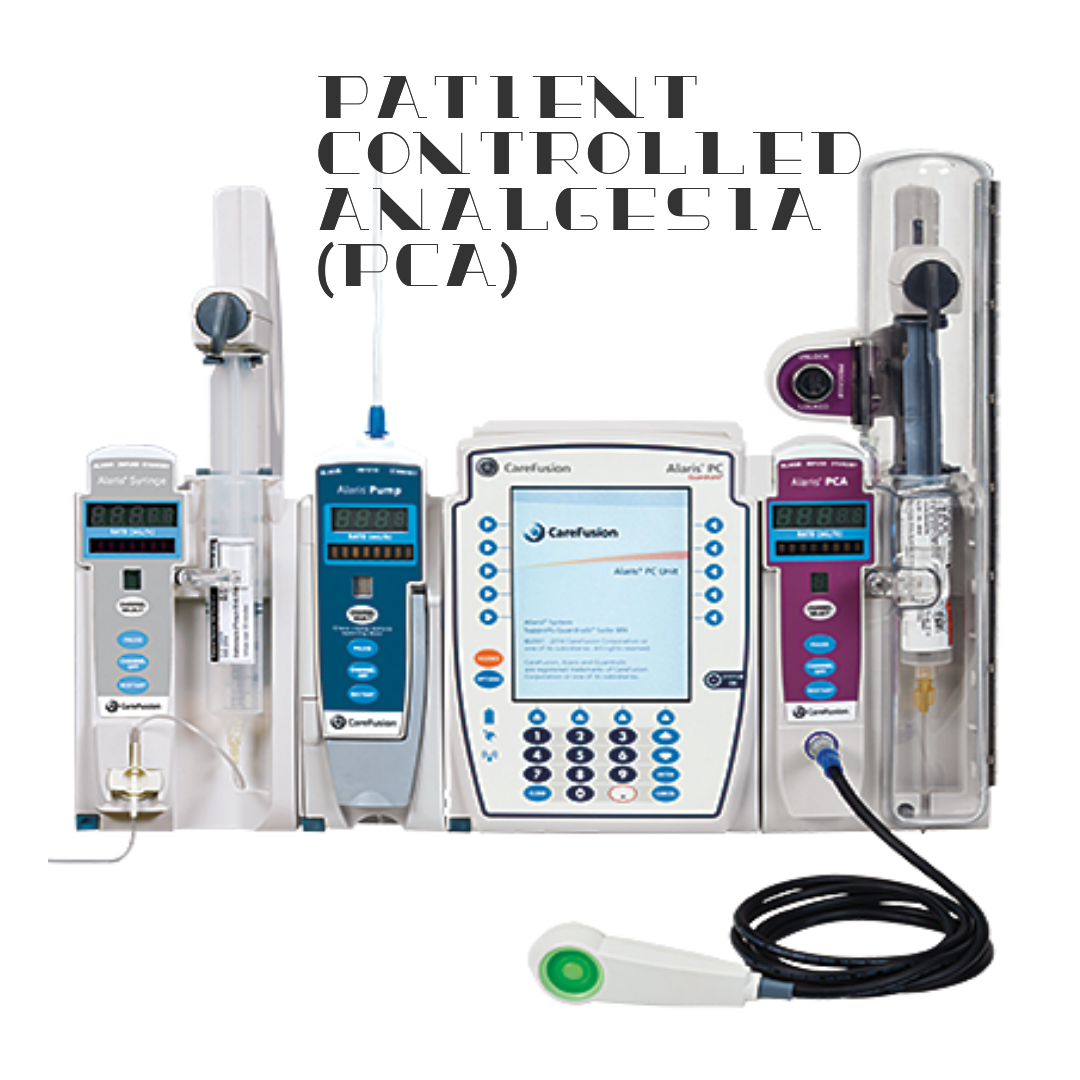Patient-controlled analgesia (PCA) is a method of pain control that gives patients the power to control their pain. In PCA, a computerized pump called the patient-controlled analgesia pump, which contains a syringe of pain medication as prescribed by a doctor, is connected directly to a patient’s intravenous (IV) line.
Instructional Video
In some cases, the pump is set to deliver a small, constant flow of pain medication. Additional doses of medication can be self-administered as needed by having the patient press a button. Other times, a patient can control when he or she receives pain medication and does not receive a constant flow.
Who Can Use the PCA Pump?
Patients recovering from surgery often are equipped with PCA pumps. The machines also can be used by people coping with other kinds of pain.
Children who are 4 to 6 years old may be able to use PCA with the help of a parent or nurse. Many children who are as young as 6 can independently use the PCA pump.
How Often Should the PCA Pump Be Used?
The pump can be used whenever the patient is feeling pain. However, patients should not press the button on the machine if they are feeling too sleepy. The more alert the patient is, the more likely he or she is to participate in a therapy program to aid and possibly shorten recovery. Once the acute pain from surgery is controlled, the patient will be switched to pills for pain relief.
Is it Safe?
PCA pumps have built-in safety features. The total amount of analgesic (pain reliever) that the patient can self administer is within a safe limit.

